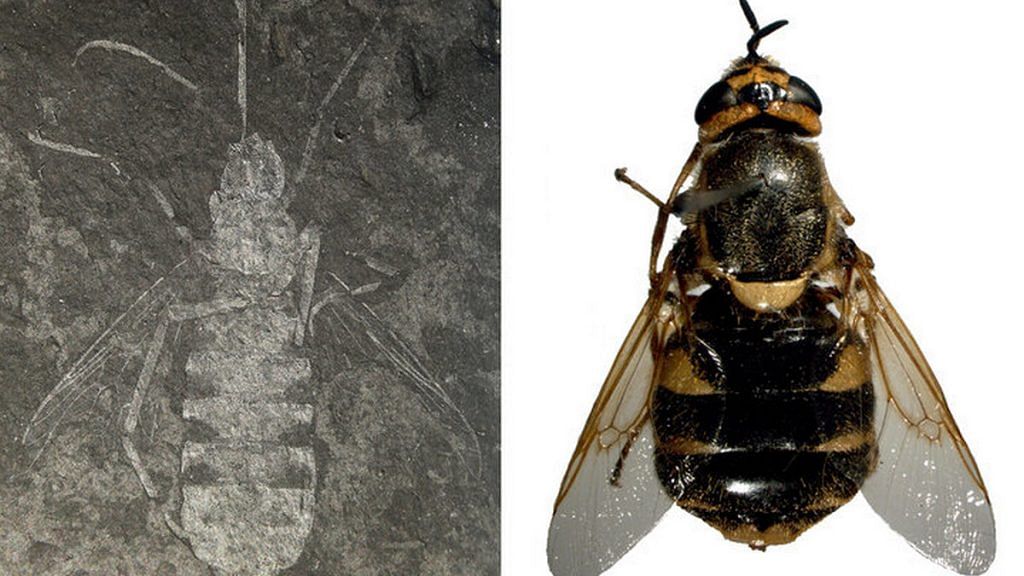New Delhi: Scientists have named a newly discovered species of a fly after the 2012 viral song ‘Gangnam Style’ by South Korean singer PSY. The extinct species of pollinating flies, which lived about 110 million years ago, was identified based on six impression fossils found near Jinju city of South Korea.
Fossils of the new species, Buccinatormyia gangnami, resemble PSY’s signature step in the song ‘Gangnam Style’.
Based on the length of its proboscis (an elongated appendage that extends from the bottom of an animal’s head), researchers from Russia and South Korea have concluded that these insects were nectar feeders and probably fed on the world’s first flowers.
The research was published in Alcheringa: An Australasian Journal of Palaeontology.
“There were several lineages of long-proboscid flies during the Mesozoic, and all they were initially associated with gymnosperms (seed-producing plants),” said Alexander Khramov, a senior researcher at the Borissiak Paleontological Institute (Moscow).
Like many modern species of flies that visit flowers, the newly-discovered fossils mimicked stinging wasps to scare off predators without posing any real danger to them.
Also read: Ancient ‘chewing gum’ discovered that reveals genetic code of a Stone Age woman
New species twice the size of a common housefly
On an average, members of this species were twice the size of a common house fly, with a proboscis length of up to five millimetres. Their darkish abdomen were embellished with four pairs of light spots.
Buccinatormyia gangnami belongs to Zhangsolvidae, a family of flies which prospered during the early Cretaceous period, but became extinct later due to unknown reasons.
“Some managed to survive into our time, while others disappeared, probably due to their inability to adapt themselves to angiosperm-dominated worlds. Why Zhangsolvids were destined to lose, we cannot explain yet,” said Khramov.
Also read: Twitter bots spreading bogus claims about health benefits of cannabis, says study
